Present Progressive Tense
(presente progresivo)
El Present Progressive (presente progresivo) es un tiempo verbal muy común en inglés. Deberías entenderlo y poder usarlo correctamente.
Click Here for Step-by-Step Rules, Stories and Exercises to Practice All English Tenses
¿Qué sigue?
¿Cómo utilizamos este tiempo verbal?
El Present Progressive (presente progresivo) es una forma del verbo que muestra que la acción está en progreso en el presente.
Estos son los usos diferentes que
tiene este tiempo verbal:
Asegúrate de leer también:
Ejemplos de expresiones de tiempo típicosAcciones que están ocurriendo ahora
(Los verbos están en negrita)
The boy is running.
(El muchacho está corriendo.)
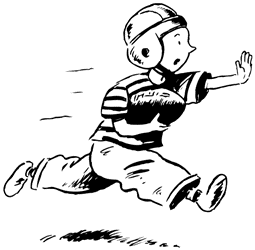
The phone is ringing.
(El teléfono está sonando.)

They are talking.
(Están hablando.)
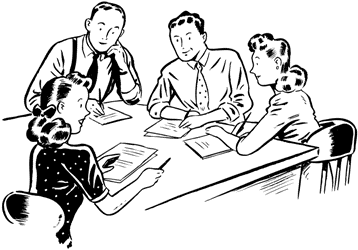
Acciones
que están en progreso actualmente
(No en este preciso
instante, sino en el presente.
Por ejemplo: en estos días, este mes, este año)
This month they are
practicing for a contest.
(Este mes están practicando para un concurso.)

He is working
in an office.
(Está trabajando en una oficina.)

He is studying
a lot these days.
(Está estudiando mucho en estos días.)

They are fighting
for their country.
(Están peleando por su país.)
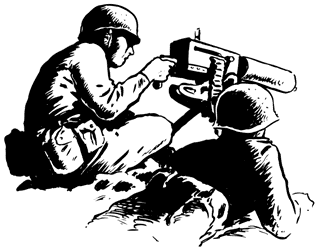
Acciones planeadas para el futuro
Tomorrow he is returning
home.
(Mañana va a volver a casa.)

She is meeting
her friends tonight.
(Va a ver a sus amigas esta noche.)

He is starting
a new job in the morning.
(Va a empezar un nuevo trabajo mañana a la mañana.)

She is traveling to Paris this afternoon.
(Va a viajar a París hoy a la tarde.)

Acciones molestas que se repiten
She is
always making
a mess!
(¡Siempre está desordenando las cosas!)
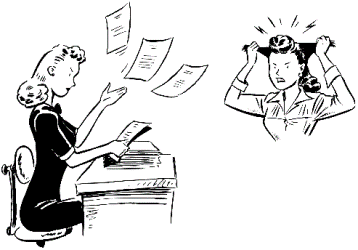
He is
always causing
trouble.
(Siempre está causando problemas.)
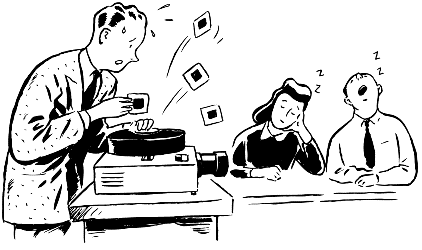
This guy is
always smoking!
(¡Este tipo siempre está fumando!)

Ejemplos
de
expresiones de tiempo típicos
| Now (Ahora) |
The present time
period (El presente período) |
Near future (El futuro próximo) |
Annoying repeating actions (Acciones molestas que se repiten) |
| now (ahora) |
these days (en estos días) |
this afternoon (esta tarde) |
always (siempre) |
| right now (ahora mismo) |
today (hoy) |
tonight (esta noche) |
constantly (constantemente) |
| this moment (en este momento) |
this week (esta semana) |
next week (la semana que viene) |
|
| this month (este mes) |
on Sunday (el domingo) |
||
| this year (este año) |
after dinner (después de la cena) |
||
| currently (actualmente) |
tomorrow (mañana) |

¿Qué sigue?
-
Si quieres, puedes VOLVER A LEER las explicaciones y ejemplos arriba.
- Lee y practica con estos cuentos y ejercicios.
Cuento con el Present
Progressive (presente progresivo) 1
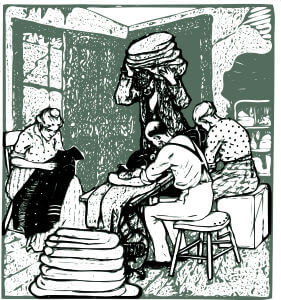
Now Janet is in her house. She is sitting on a wooden chair. She is holding a coat. She is fixing it.
(Ahora Janet está en su casa. Está sentada en una silla de madera. Tiene un abrigo en la mano. Lo está arreglando.)
James is Janet's husband. He is sitting in front of her. He is fixing clothes too.
(James es el esposo de Janet. Está sentado frente a ella. También está arreglando ropa.)
Elizabeth is sitting next to James. She is Janet's sister. Right now she is helping Janet and James. They are working together. They are fixing clothes.
(Elizabeth está sentada al lado de James. Ella es la hermana de Janet. Ahora mismo está ayudando a Janet y a James. Están trabajando juntos. Están arreglando ropa.)
At this moment a man is coming in. He is wearing dark clothes. He is carrying a pile of clothes. They are all working very hard.
(En este momento un hombre está entrando. Está usando ropa oscura. Está cargando una pila de ropa. Todos están trabajando muy duro.)
Haz click aquí para decargar la actividad: Cuento con el Present Progressive (presente progresivo) 1.
Cuento con el Present Progressive (presente progresivo) 2

¿Quiénes son? ¿Dónde están? ¿Qué están haciendo?
Right now, it is Monday morning. Mike and Tina are at home. They are sitting at a table. They are eating breakfast.
(Ahora es lunes a la mañana. Mike y Tina están en casa. Están sentados en una mesa. Están desayunando.)
At this moment, Tina is drinking coffee. She is eating a pastry. She is sitting across the table from Mike. She is talking to Mike.
(En este momento, Tina está tomando café. Está comiendo un pan dulce. Ella está sentada frente a Mike del otro lado de la mesa. Está hablando con Mike.)
Mike is Tina's husband. He is sitting at the table with Tina. He is also drinking coffee. Mike is listening to Tina.
(Mike es el esposo de Tina. Está sentado en la mesa con Tina. También está tomando café. Mike está escuchando a Tina.)
After breakfast, Mike and Tina are leaving for work. They work in the city. They are riding the bus to work.
(Después del desayuno, Mike y Tina van a salir al trabajo. Trabajan en la ciudad. Van a ir al trabajo en bus.)
Haz clic aquí para descargar la actividad: Cuento con el Present Progressive (presente progresivo) 2.
Cuento con el Present Progressive (presente progresivo) 3

¿Quiénes son? ¿Dónde están? ¿Qué están haciendo?
Now the children are at school. Amy is sewing. She is practicing. She is sitting on a bench. She is sitting near Timmy.
(Ahora los niños están en la escuela. Amy está cosiendo. Está practicando. Está sentada en un banco. Está sentada cerca de Timmy.)
Timmy is at school too. Timmy is studying. He is sitting behind his desk. He wishes he could play with the other children.
(Timmy también está en la escuela. Timmy está estudiando. Está sentado detrás de su escritorio. Desea poder estar jugando con los otros niños.)
John and Susan are also at school. They are playing outside. They are picking flowers for their teacher. John is carrying his hat. Susan is wearing a bonnet.
(John y Susan también están en la escuela. Están jugando afuera. Están recogiendo flores para su maestra. John está llevando su sombrero en la mano. Susan está usando un sombrerito.)
At this moment, Sarah is walking by the door. She is helping the teacher. She is carrying textbooks to the shelf.
(En este momento, Sarah está pasando al lado de la puerta. Está ayudando a la maestra. Está llevando los libros a la biblioteca.)
Haz clic aquí para descargar la actividad: Cuento con el Present Progressive (presente progresivo) 3.
Get Updates, Special Offers, and English Resources
Download your FREE GIFT (the first two chapters of
English Short Stories Book and Workbook)
as soon as you join!

By submitting your email, you consent to receiving updates and newsletters from us and to the sharing of your personal data with third parties for the purposes of sending you communications. We will not spam you. You can unsubscribe at any time. For more information, please see our privacy policy.
Volver del Present Progressive Tense (presente progresivo) a los Tiempos verbales en inglés








